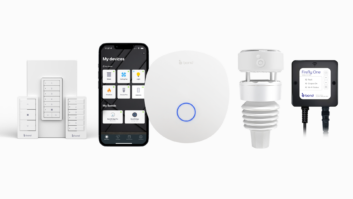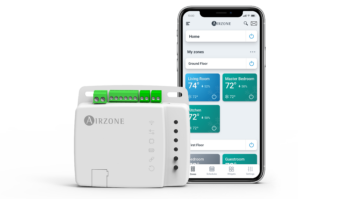
Promotions have always played an important role in retailing strategy. Whether to clear the shelves of last year’s models (or slow-moving inventory in general) or to entice us to try out the newest products, promotions offer time-limited incentives to consumers to buy now and, in some cases, to buy in quantity.
The Promotion Frenzy
In the good old days (in other words, up to about five years ago), promotional campaigns in most general merchandise and durable goods segments – apparel, appliances, home entertainment, even automotive – were highly anticipated seasonal events. Between promotions consumers dutifully purchased products at “regular” prices.
In today’s price-sensitive, price-transparent environment, however, retailers often feel compelled to run one promotion after another in order to compete. And what online store worth its salt does not have a daily deal section? (See our blog Flash Sales/Daily Deals and Pricing Intelligence.)
Is it a Vicious Cycle?
There have been some interesting reports and articles lately that bring into question the long-term (or even short-term) effectiveness of using frequent promotions as a competitive strategy. David O’Brien, in his January 2015 article “Escape The Promotional Vortex: Create More Profitable Promotions For A Stronger Brand,” quotes Alison Jatlow Levy, a retail strategist at consulting firm Kurt Salmon: “The deal is not so special anymore [because it] has become the norm. And if the deal is the norm … it actually just trains the consumer to never buy at full price.”
RSR, in its excellent June 2015 benchmark report “Pricing 2015: Learning To Live In A Dynamic, Promotional World,” brings evidence that high-performing retailers are far more likely than under-performing retailers to carefully manage their promotions, and are more healthily skeptical about the effectiveness of those promotions. The less-controlled promotional activities of the under-performers are perhaps one of the reasons their key performance indicators are below average.
In order to have long-term value, promotions have to be planned and executed carefully so that they serve strategic goals such as growing the customer base, enhancing brand equity, and increasing sales volumes of non-promoted items.
So How Can You Maintain Margins When Promotion is the Norm?
Despite the general consensus that “perpetual promotion” is not a winning retail strategy, there are categories in which, for whatever reason, promotion has become the norm and, as noted above, consumers are loath to buy at the full price. Household appliances are a notable example. Consumers looking to buy a washer, dryer, refrigerator, oven or the like will benchmark competitors based on their promotion prices.
What, then, can retailers do to maintain margins in a promotion-driven category? Consistent and creative implementation of the following retailing “commandments” are a good start:
- Differentiate yourself by providing a remarkable user experience. As the economy and consumer confidence improve, even retailers in the most promotion-heavy categories have an opportunity to wean consumers away from strictly price-driven purchasing by providing value in the form of convenience, premium service, and personalized customer attention.
- Be sure tooffer prestige products in your assortment – high-end products for which consumers do not expect or even want promotions, and which would only detract from the product’s caché. Customers may begin the shopping process because of the promotion but ultimately be tempted to purchase the more attractive product, at full price.
- Use predictive analyticandreal-time pricing intelligence technologies that allow retailers to both anticipate consumer demand as well as closely monitor the competitive landscape. For retailers in heavily promoted categories, effective use of these technologies can help get the right mix of pricing and promotion for each channel, and enhance profit margins.
Competitive Pricing Intelligence in Major Appliances
As major appliances is a good example of a heavily promoted category, we thought it would be interesting to look at how three leading retailers, Sears, Home Depot and Walmart, are competitively pricing their major appliance products. We looked at several hundred products from the following product categories: cooktops, dishwashers, freezers, ranges, refrigerators, wall ovens, and washers and dryers. The graph below shows the average prices of the exactly matched products over the month of July 2015:
Some Competitive Pricing Observations
- Throughout the report period Home Depot was the most competitive in price across the product assortment.
- During the first half of July there was a substantial price gap between the three retailers, and a general trend of average price increases by each. These increases peaked on the weekend of July 11-12.
- In contrast, the following weekend (July 18-19) Sears and Walmart were neck-and-neck in what certainly looked like competitive promotional campaigns. Home Depot also dropped its prices for that weekend, apparently in order to protect its position as price leader in this category.
- By the last weekend of the month (July 25-26) Home Depot saw that it could increase its prices somewhat while still being the most competitive retailer. At that point the difference between the most expensive retailer (Sears) and the least expensive (Home Depot) was reduced to a mere $50.
- It’s interesting to note that the only retailer that actually reduced its average price during the report period is Walmart. Both Sears and Home Depot started and ended the month at the same average price point.
Ruth Hamer is digital marketing director of Marketyze, an Israel-based business that provides online and traditional retailers with advanced pricing intelligence software as a service [SaaS].













